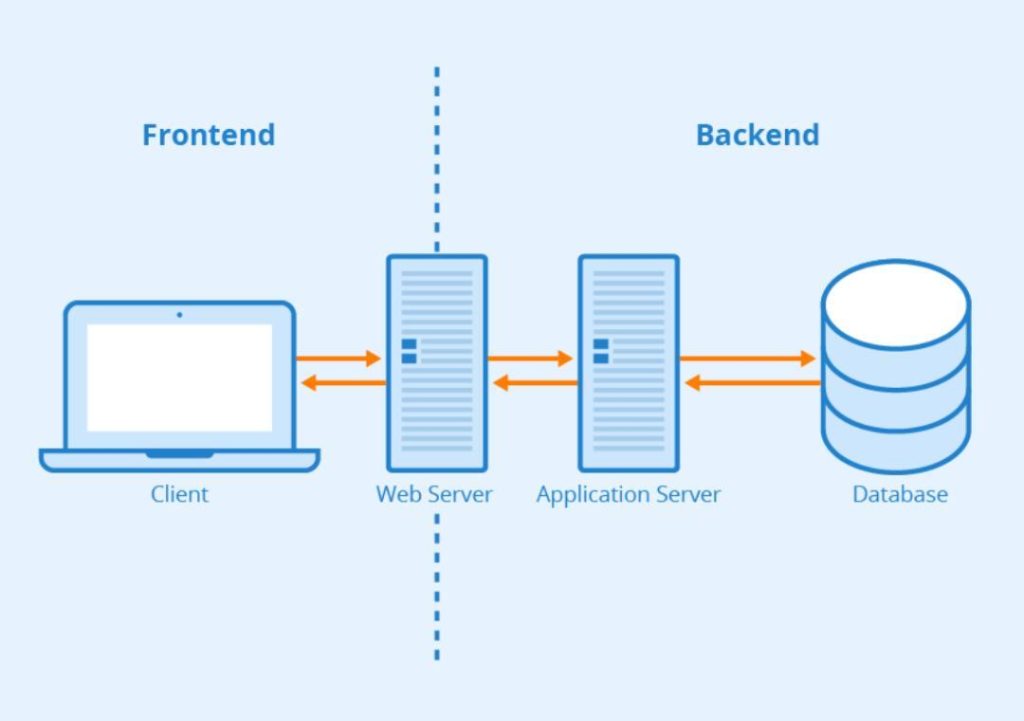
Why Market Segmentation Drives Better Campaign Results
In the world of marketing, there’s a lot of talk about targeting the right audience. But what does that really mean? Is it just about casting a wide net and hoping to catch a few fish? Not quite. Market segmentation is the process of dividing your audience into smaller groups based on shared traits, such as behavior, needs, or location. This may seem like just another marketing buzzword, but trust us – it’s a game-changer.
By segmenting your market, you can tailor your messaging, improve your product fit, and increase conversion rates. Instead of speaking to a generic audience, you can speak directly to what each group wants and needs. This personalization is what drives real results.
Let’s dive deeper into the benefits of market segmentation.
Increased Relevance
When you segment your market, you’re not just throwing a bunch of random ads at a generic audience. You’re speaking directly to a specific group of people who are more likely to be interested in what you have to offer. This increased relevance leads to higher engagement rates, higher conversion rates, and a stronger brand reputation.
Better Product Fit
One of the biggest mistakes businesses make is trying to appeal to everyone. They end up with a product or service that’s a jack-of-all-trades, but master of none. By segmenting your market, you can identify the specific needs and pain points of each group. This allows you to tailor your product or service to meet those needs, resulting in a better fit for your customers.
Improved Messaging
Generic messaging just doesn’t cut it anymore. With the rise of social media and targeted advertising, audiences are more discerning than ever. They can smell a generic pitch from a mile away. By segmenting your market, you can craft messaging that speaks directly to the needs and interests of each group. This leads to higher engagement rates, more conversions, and a stronger brand reputation.
Increased Conversion Rates
Let’s face it – generic campaigns just don’t convert as well as targeted ones. When you segment your market, you’re speaking directly to people who are more likely to be interested in what you have to offer. This increased relevance leads to higher conversion rates, which means more sales, more revenue, and a stronger business.
Better Customer Relationships
When you segment your market, you’re not just trying to make a quick sale. You’re trying to build long-term relationships with your customers. By understanding their needs, pain points, and interests, you can provide them with a more personalized experience. This leads to higher customer satisfaction, higher retention rates, and a stronger brand reputation.
Real-World Examples
So, how does market segmentation work in real life? Let’s take a look at a few examples:
- A fashion brand that targets young professionals in urban areas may create a separate campaign for young moms in suburban areas. The messaging and visuals would be tailored to appeal to the specific needs and interests of each group.
- A software company that targets small business owners may create separate campaigns for entrepreneurs, solopreneurs, and established businesses. The messaging and features would be tailored to appeal to the specific needs and pain points of each group.
- A fitness studio that targets busy professionals may create separate campaigns for stay-at-home parents, students, and retirees. The messaging and class offerings would be tailored to appeal to the specific needs and interests of each group.
Conclusion
Market segmentation isn’t just a buzzword – it’s a powerful tool that can drive real results for your business. By dividing your audience into smaller groups based on shared traits, you can tailor your messaging, improve your product fit, and increase conversion rates. Instead of speaking to a generic audience, you can speak directly to what each group wants and needs. This personalization is what drives real results.
So, what are you waiting for? Start segmenting your market today and watch your campaign results soar!
Source:
https://www.growthjockey.com/blogs/what-is-market-segmentation






